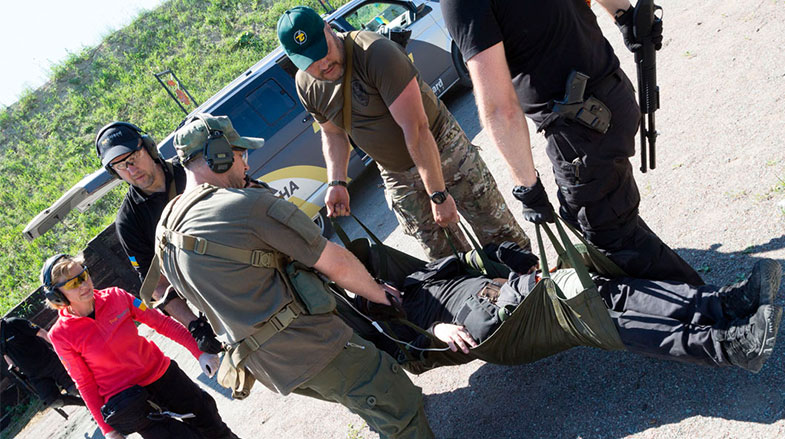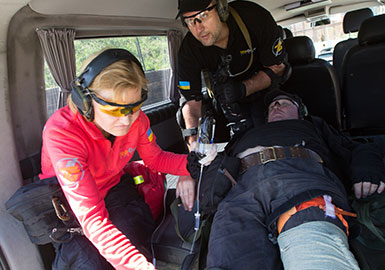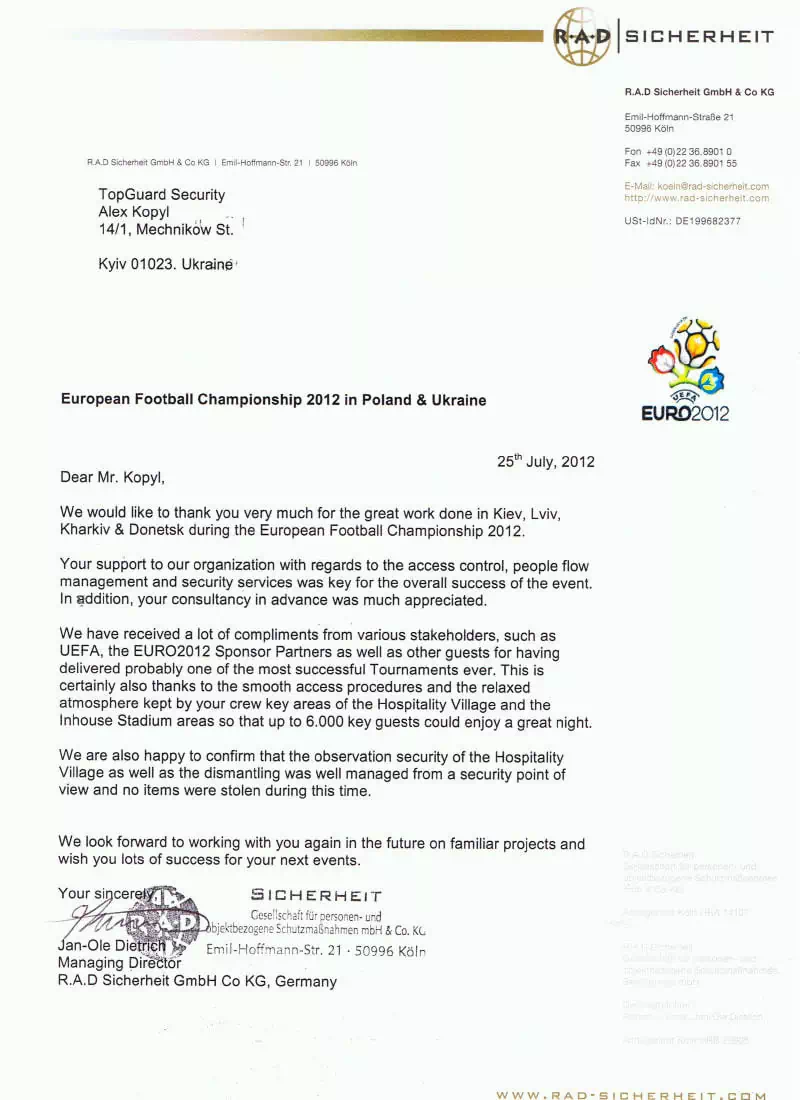
Not everyone has a medical background, but everyone may be faced with a situation where they need to provide emergency care before the arrival of doctors. According to US military statistics during the war in Iraq - the probability of survival in the case of timely assistance increases to 90%. Whereas every minute of delay can cost health, and even life.
To get a medical degree and specialization, you need to study for years. But you can learn how to stop bleeding or provide assistance in the event of an epileptic seizure or anaphylactic shock in a few days.
This service is offered by the TopGuard company, which provides training and education in primary care.
TopGuard Benefits:
1. Qualified instructors.
TopGuard instructors are practitioners with military experience and NATO certificates. They have had to save lives more than once in real conditions, and they know for sure, and, most importantly, they know how to show how this is done to unprepared people without a medical education.
2. Flexible and dynamic learning mode.
The company offers both group (up to 10 people) and individual (for one person or family) courses. Depending on the tasks and goals of training, you can combine different programs or choose only a part of the services offered.
3. Necessary equipment.
It is better to learn to provide first aid in conditions as close to real as possible. That is why the company has everything at its disposal to easily show how and what to do: consumables, mannequins.
4. Methodical literature.
Course participants are provided with a training manual, in which in detail, with illustrations, an exhaustive list of extreme situations that can happen, and an algorithm of actions for each of them. It is also possible to download the electronic version of the manual on the company's website for free.
5. First aid kit.
As part of the training, TopGuard specialists form a first-aid kit for course participants - for home and car, which contains everything you need to help with fractures, bleeding, etc. The first-aid kit with equipment is transparent on both sides so that you can quickly find everything you need.
List of study programs
Basic Life Support (BLS)
Basic life support and assistance in emergencies. The program is designed for ordinary citizens without medical experience and skills, so that in case of an emergency, before the ambulance arrives, they can correctly and promptly provide the necessary assistance to the victim, observing algorithms and safety precautions.
The course program includes:
- Call an ambulance;
- The composition of the first aid kit for pre-medical care;
- Types of bleeding and methods to stop them;
- Stopping critical bleeding from the extremities with the help of tourniquets and improvised means;
- Pressure bandage for venous bleeding and the use of an Israeli bandage;
- Providing first aid in the presence of a foreign object in the wound;
- Assistance to an unconscious victim;
- Stable lateral position;
- Techniques to keep the airways open and check breathing, algorithm (hear, see, feel);
- Carrying out cardiopulmonary resuscitation. Action algorithm;
- Use of an AED (Automated External Defibrillator)
- Algorithm of actions in case of epilepsy;
- First aid for suspected heart attack and stroke;
- Help in violation of the airway. Heimlich maneuver;
- First aid for drowning;
- First aid for victims of burns and frostbite;
- First aid for injuries: (fractures, trauma to the head, chest, abdominal organs, spine);
- Emergency care for suspected allergic reaction;
- Help with animal bites, insects and reptiles.
Upon completion of the course, a certificate is issued. Course duration - 1 day.
Tacktical Combat Casualty Care
Tactical assistance on the battlefield, designed for military personnel in the combat zone and on training grounds, employees of internal affairs bodies, security guards, border guards and special forces.
The course program includes:
- The concept of tactical medicine;
- Acquaintance with the IFAK first aid kit;
- Help in the fire zone
- Principles for providing assistance;
- Relocation of the wounded;
- Use of harnesses CAT, SWAT. Ukrainian analogues of SICH, SPAS;
- Assistance in military field conditions
- Principles for providing assistance;
- Types of bleeding and methods to stop them.
- Algorithms MARCH, CABSE;
- Inspection of the victim
- Restoration of airway patency;
- Oropharyngeal, nasopharyngeal air ducts;
- Hemostatic bandages Celox, Quikclot, Krovospas, Revul and wound packing algorithm;
- Applying bandages, using an Israeli bandage and its analogues;
- Occlusive patches and help with pneumothorax;
- Injuries (fractures, trauma to the head, chest, spine, abdominal organs, pelvis);
- Help with frostbite and burns;
- Emergencies and care (CPR, heart attack, stroke, epilepsy);
- Methods of evacuation and use of the evacuation loop and stretcher;
- Practical exercises on self-help and mutual assistance with scenario development;
- Card of the wounded and its completion;
- Assistance in the evacuation zone.
Upon completion of the course, a certificate is issued. The duration of the course is 2 days.
Letters of recommendation















